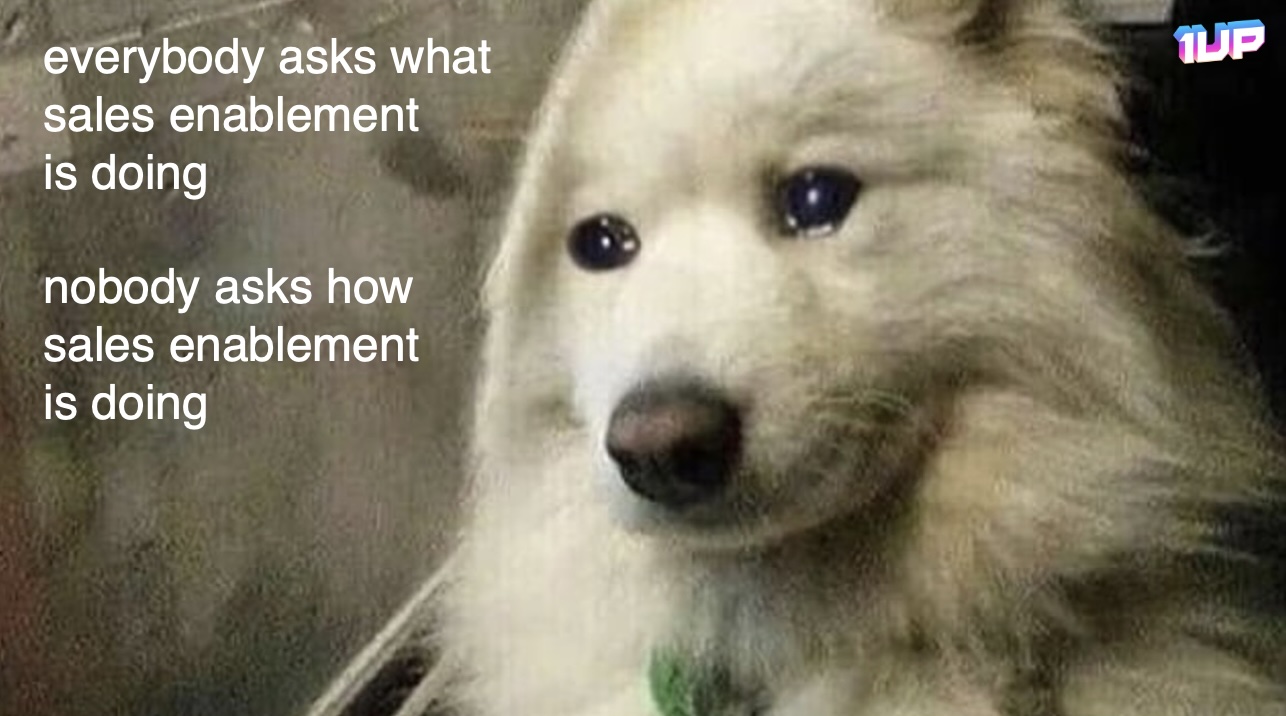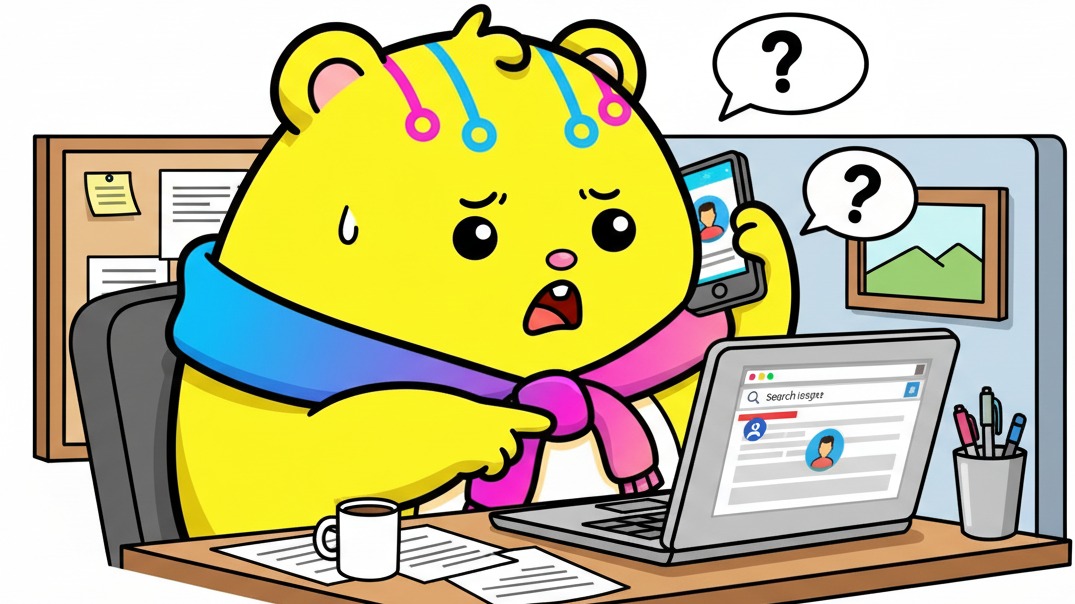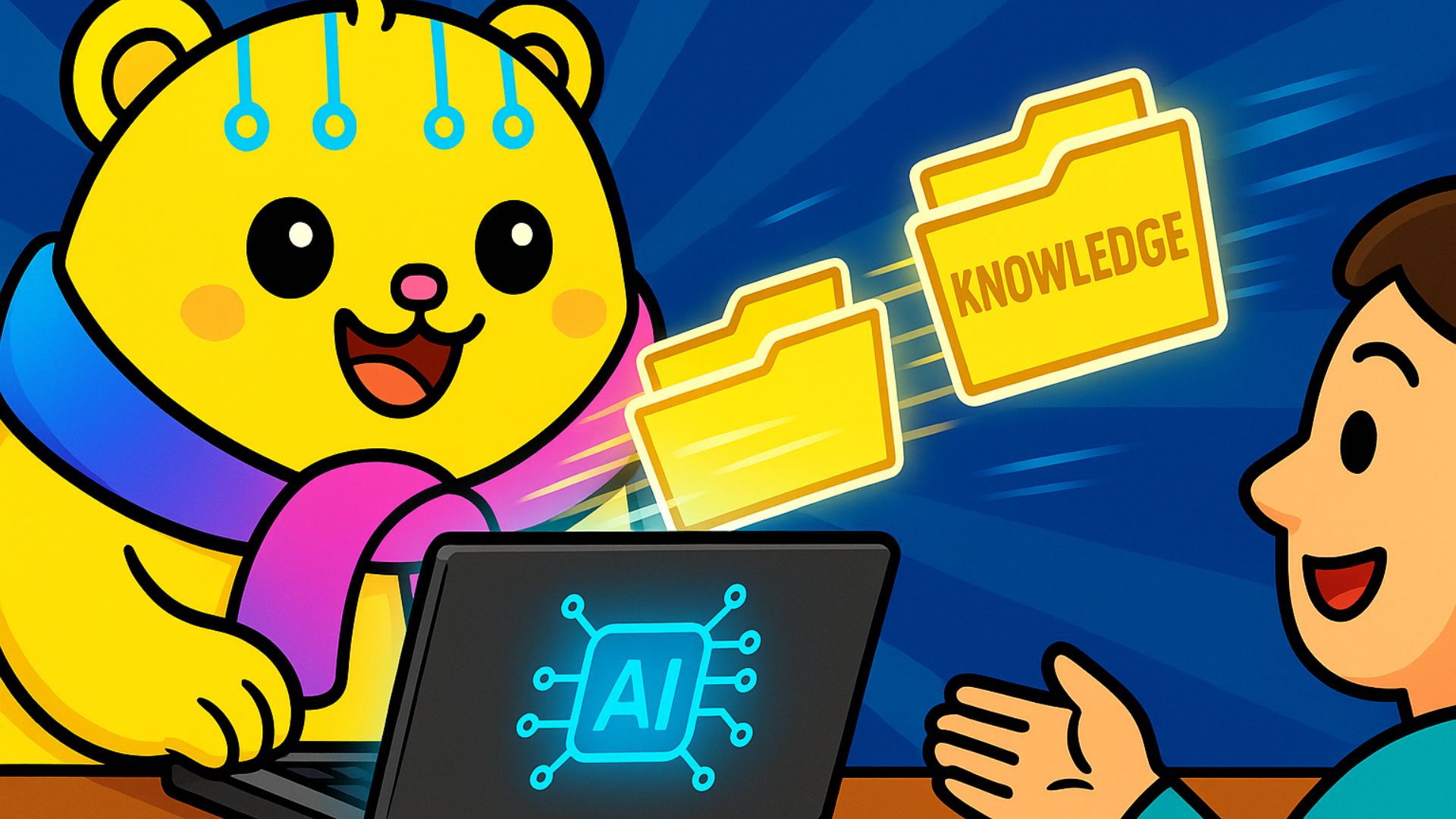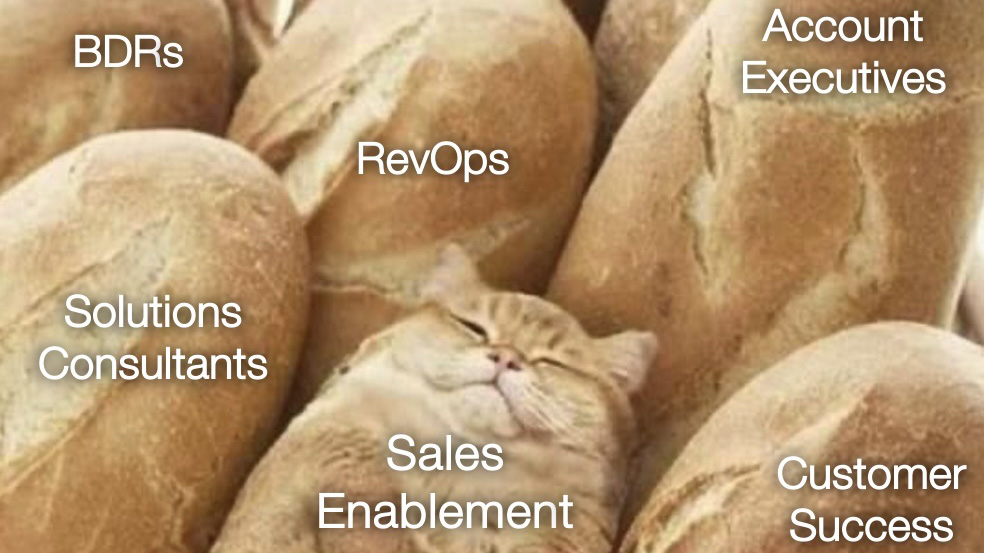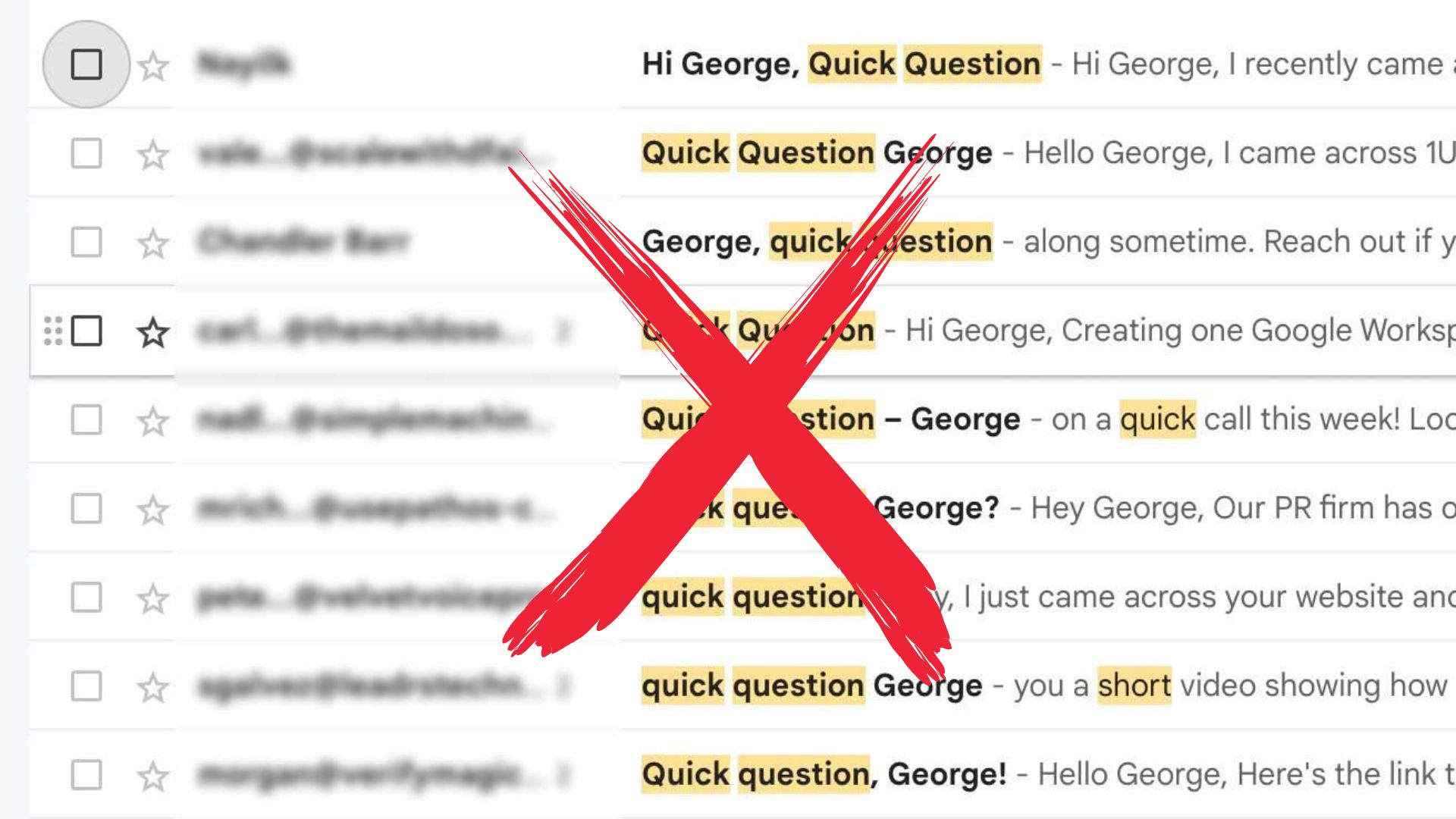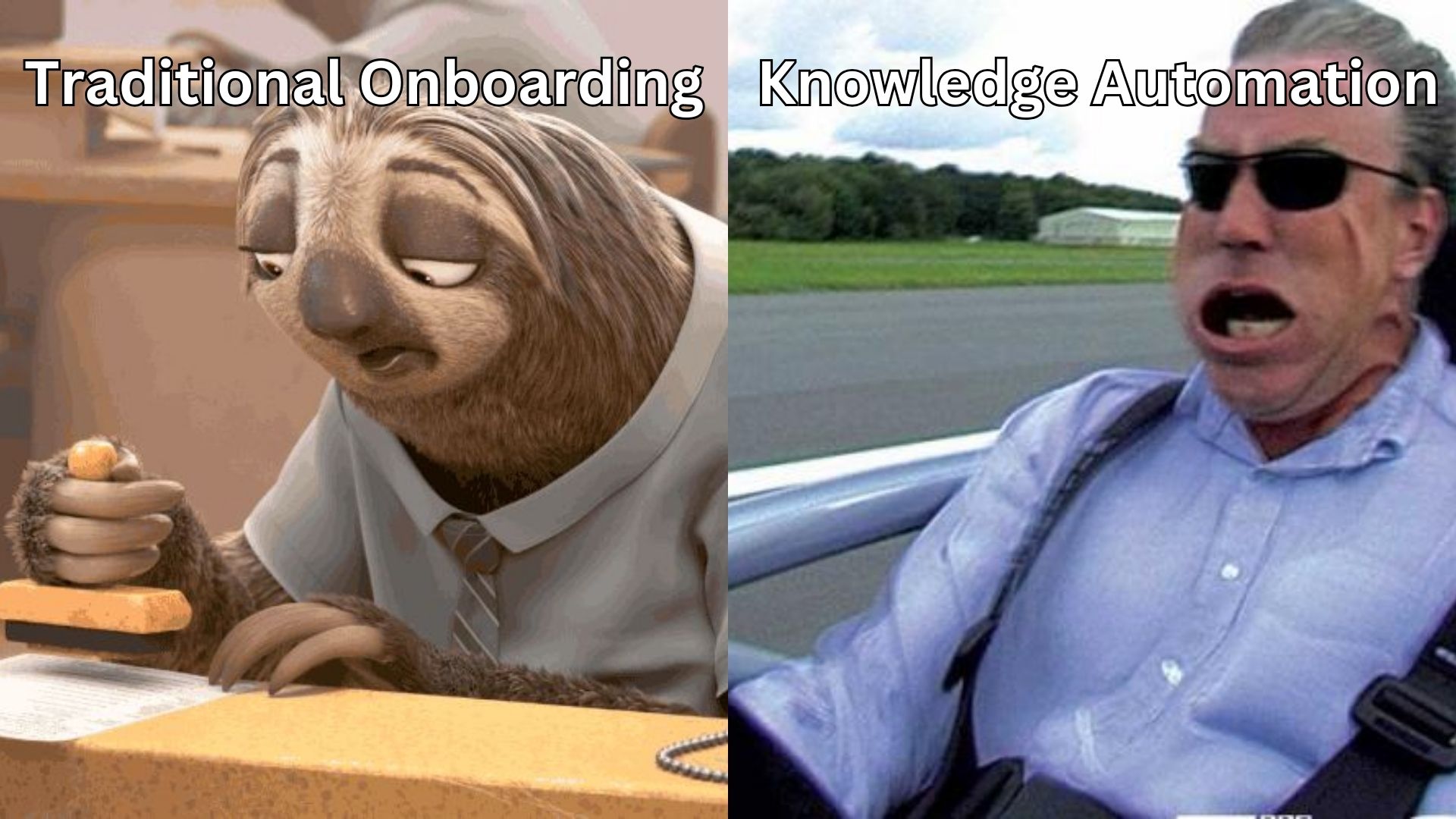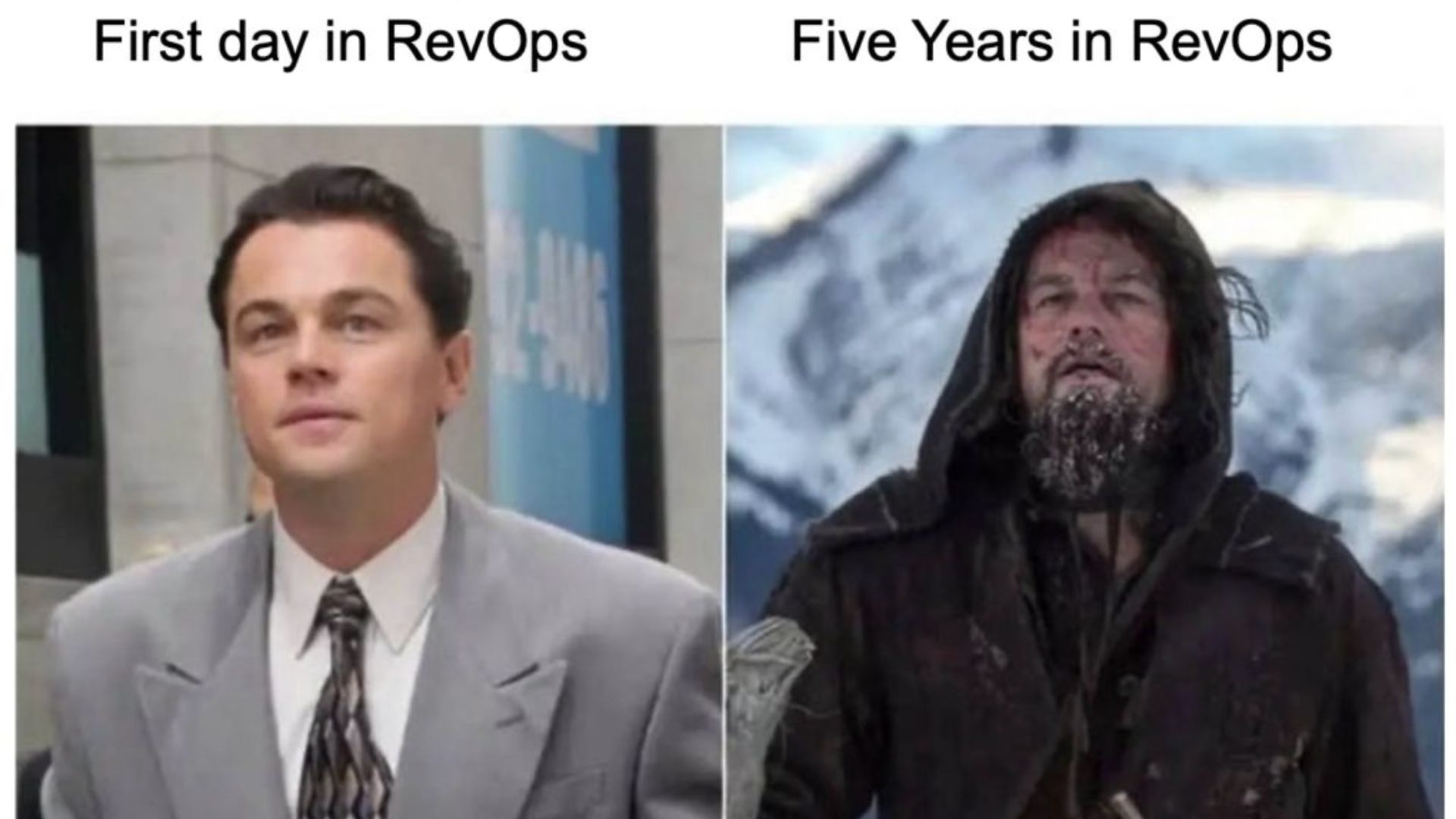Is someone responsible for Sales Enablement in your organization?
Have you checked in on them lately?
You probably should. It’s a stressful, thankless job. Cross-functional chaos is normal. Sales teams need constant attention, training, and support to be more effective at their jobs. On top of that you need to deal with a myriad of tools, constantly changing priorities, outdated materials, and poor communication.
When enablement is lacking, your reps waste time searching for the right resources instead of selling.
Get your enablement program right, and you’ll have stronger messaging, better content, and smoother deals.
So how do you enable your enablement team?
Here are 8 ways you can be a better friend to your Enablement team, so they can do their job better for everyone.
Key Takeaways
- Sales enablement only works when every team is aligned and sharing what they know.
- Give reps the right tools, training, and content at the moment they actually need them.
- Stick to the process, stay on brand, and always treat enablement like a partnership – not a request line.
1. Align Your Business Goals
Sales enablement is a strategy that only works when you’re all pulling in the same direction and everyone knows what direction to go.
If your product, marketing, and sales teams have different definitions of success, everyone will feel like they are left to navigate a maze instead of a map. So make sure your business goals are in sync across the GTM functions. Here are 5 ways to keep Sales & Marketing teams aligned.
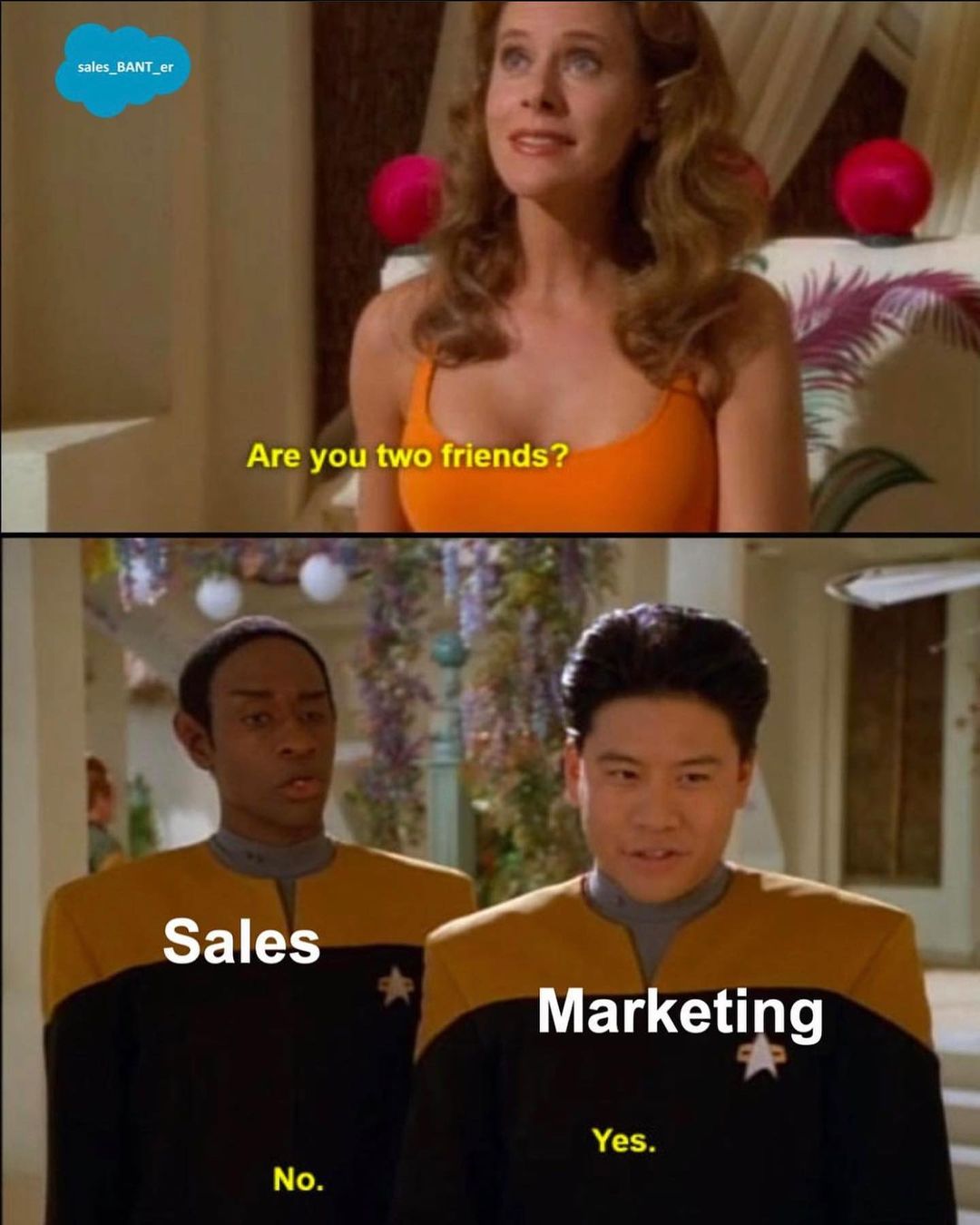
Get all of your teams on the same page with your sales content, like battlecards, security & privacy, and demo videos. Everyone’s eyes should be on the same materials, so you’re all speaking the same language.
Then, ensure your teams have the same mission, vision, and values. This starts with a great “Why Us?” page. If all of your reps are drinking at the same well (reading the same content), you’re all marching in the same direction.
So make sure your business goals align across functions.
Ask: “What are the top objectives this quarter?” “Are we prioritizing upsell, retention, and expansion into new markets?”
Now, establish goals that align with the content, and you’re off to the races.
Your sales enablement content should always point to those priorities. This includes training and demos.
When you create clear and aligned sales, enablement streamlines your workflows and brings teams together. It doesn’t, in effect, become yet another wonky concept that creates bottlenecks and resentment.
2. Share What You’re Hearing
It’s not just your sales enablement team sharing with you. It’s also you sharing with the team.
You make them more effective at their jobs when you share with them what you’re hearing and seeing in the field. You are the eyes and the ears for your company as a sales or service rep.
Every customer objection, competitor name-drop, and weird use case is data your sales team is hungry for.
Here’s how you can share what you’re hearing:
- Summarize feedback you hear from customers. Your team needs to know about objections, complaints, and competitive comparisons being made on the ground right now.
- Forward RFPs and product questionnaires. This helps your sales enablement team understand what customers are asking and what’s currently missing from your enablement program. These documents can be a gold mine for enablement teams… if you make sure they get them.
- Record your demo calls. Use tools like Gong or TLDV, and you and your team can learn a ton from these sales calls. You can then convert these gaps into content.
You can even invite your team to your team’s Slack or pipeline review. The more intel you can give them, the better content they can provide you with for your deals.
Great sales are built on context, so make sure they get it.
3. Use Sales Enablement Platforms
Your company shouldn’t hoard any useful information. Ideally, you should be using AI sales enablement tools to centralize it.
Sales enablement platforms are built to serve reps in real time.
It’s 2025. These platforms offer searchable content, personalized playbooks, and analytics that help them perform better. And it’s all at your fingertips.
So use them.
- Don’t bypass the platform and ask for files in Slack.
- Don’t reinvent the deck when one already exists in your internal files.
Get in the habit of checking the sales enablement platform first. And when something’s missing, let your sales team know, so they can fill in the gaps for everyone.
You’ll create a smarter process this way and strengthen the team.
Why is this so important? Because we want data-driven enablement.
These are no longer the days of guessing at what works. If your enablement team is flying blind, your sales strategy probably is too.
Data should inform everything from your training to your content. You should ask things like:
- What materials are reps using?
- Which ones drive higher win rates?
- What onboarding paths lead to faster ramp times?
Work with your sales team on enablement goals to share the insights you get.
This might mean tagging content in the right way in your CMS, logging usage in your CRM, or adding feedback loops into your campaigns.
When your strategy is grounded in data, you stop enabling everyone the same way.
And you can start enabling each rep to succeed on their own terms.
In the modern sales world, data is king. And all of your data should be unified in a single, automated platform.
4. Integrate Microlearning into Daily Workflow
Training doesn’t need to be a one-hour monologue. And it certainly shouldn’t have you pulling reps out of their day for half a morning.
Microlearning keeps reps sharp without slowing them down.
Microlearning offers short, contextual lessons baked into your workflow. A two-minute refresher on a competitor’s pricing model before a sales call. That’s enablement gold. Great microlearning tools include Spekit and Lessonly by Seismic.
Microlearning tools like Spekit and Seismic help teams absorb information quickly. These platforms break down content into bite-sized lessons, tooltips, and guided walkthroughs that can be accessed on demand.
Spekit excels at embedding contextual guidance right inside the apps employees use every day.
Seismic combines microlearning with robust sales enablement features to reinforce skills and product knowledge.
By meeting learners where they are and providing just-in-time resources, these tools boost adoption, retention, and productivity without overwhelming busy teams.
Encourage your team to embrace microlearning by integrating it into your sales stack. Then, reinforce it during team meetings.
This issue is not one big test at the end. It’s making sure you get just-in-time info that sticks.
5. Read What You’ve Got so You Can Stop Asking for What Already Exists
Your sales enablement reps are putting in long hours to create amazing content like FAQs, how-to guides, explainer videos, and sales and marketing assets.
They’re doing it for you. They’re helping you. Empowering you. Emboldening you.
And you’re not reading it. Are you?
If you really want to enable your sales enablement staff, read the content they send you and offer feedback.
Even if you hate it and think it won’t work, tell them. Communication is key here. It will help them understand what you need and provide it.
And the better you get at reading what you get, the less you’ll be asking for content that already exists.
Yes. It happens all the time. And it’s super frustrating for the ones creating that content.
If you’re looking for sales enablement materials, chances are you have the ability to find them.
(Hint: this is when a sales enablement platform comes in really handy.)
That demo you need ASAP? It’s in the videos section on your website.
The most recent Sales Battlecard? It’s on Google Drive, just search for “BATTLE CARD.”
Now, if you’ve searched through your company files and can’t find what you need, then yes, by all means, reach out.ucceed on their own terms.
6. Stick to the Content You’re Given
That sales deck you’re tempted to spice up?
Don’t you dare.
It wasn’t thrown together in an afternoon, and it will not be improved upon by your last-minute idea. Sales enablement builds that content based on market research, customer pain points, and brand strategy.
So resist the urge to tweak fonts, move slides around, or drop in a “funny” video.
Before you know it, you broke something you can’t fix, and now you have to go back to your team in shame.
If you really think you have a great idea, go talk to your team leader. Great team leaders love to collaborate, and they’ll find a way to incorporate your ideas smoothly and seamlessly.
Collaboration always beats going rogue.
Pro tip: If you do need to add something specific at the last minute, put it in an appendix, not smack in the middle of a polished narrative.
7. Don’t Freelance the Branding
Brand consistency is about building trust with your client. And your sales team knows this.
So, you may not love this image, these colors, or that ridiculous font.
But when you make arbitrary changes (going rogue again), your customers will notice.
They’ll question that broken image, the difference in font, and the logo looking just a bit off.
When your materials look off-brand, your product looks immature by association.
Why hurt your own chance of success by messing with the company brand?
Stick to the templates and use only approved assets.
Customers pay attention to detail. They notice every broken image, missing punctuation, spelling error, and inconsistency in your marketing assets. Every tiny mishap can affect your brand’s credibility. Even a seemingly minor error like displaying the wrong copyright year can impact your chance of closing a deal.
If something’s broken, don’t patch it. Report it.
8. Recognize the Effort (Preferably with Food)
Finally, you don’t have to buy the whole sales team lunch.

But it wouldn’t hurt.
Sales teams spend a lot of time behind the scenes making your life easier through high-impact work. And they deserve more spotlight than they get.
So, whether it’s a company-wide shoutout, a thank you in the team channel, or, yes, an Uber Eats gift card, let them know how much you value their work.
Treat Your Sales Team Like the Enablers They Are
Your sales enablement team members aren’t gatekeepers. They’re your true sales enablers. When you treat them like partners instead of production assistants, you’ll get better assets, stronger stories, and deals that close faster.
If you want to win more, make life easier for your team. They’ll more than return the favor.
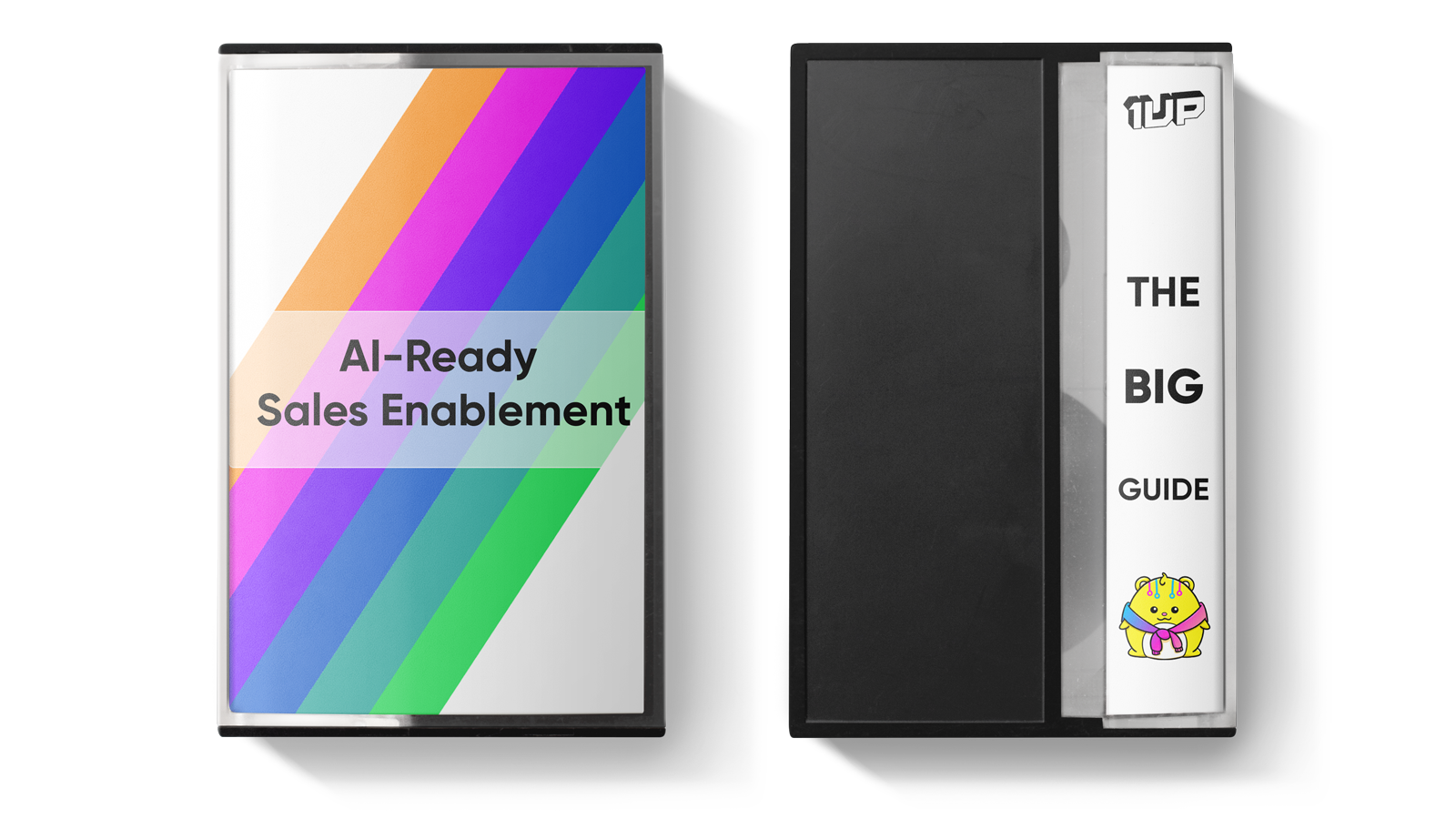
Get the free guide to AI-Ready Sales Enablement
Find out how Enablers are getting the most of this new wave of robots.
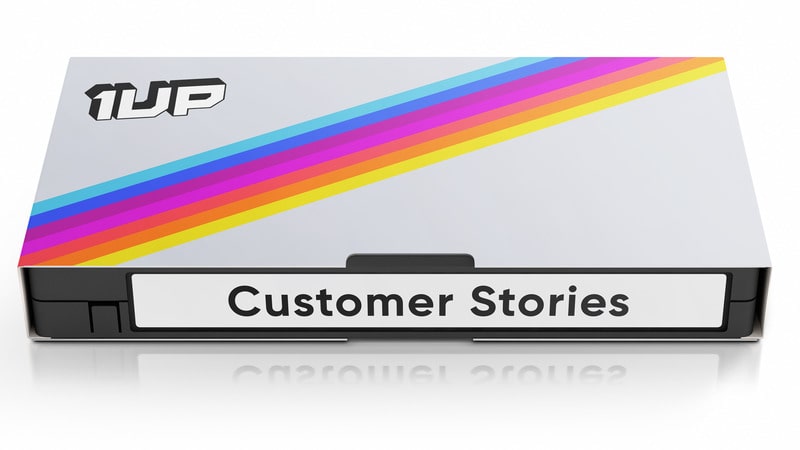

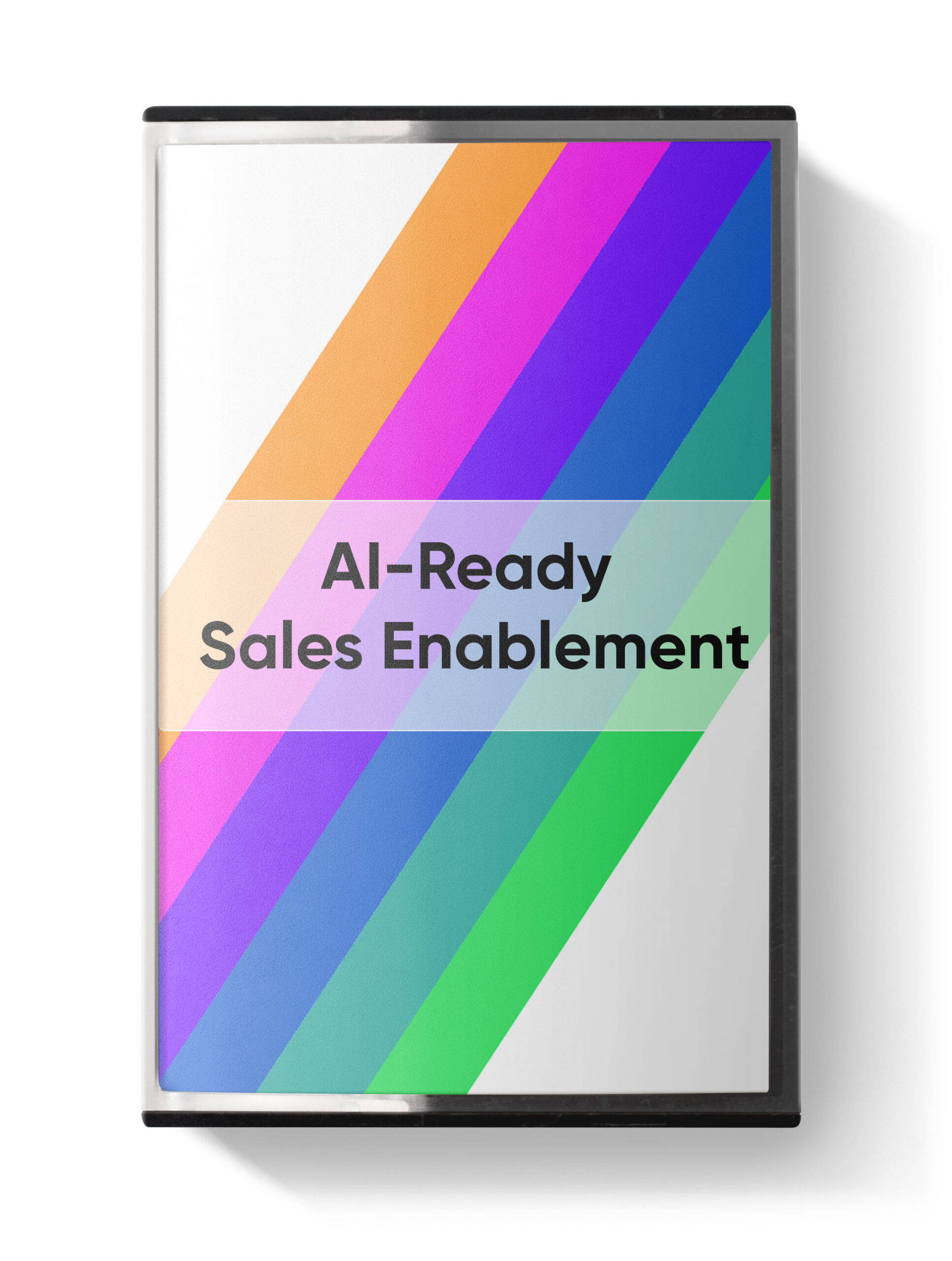
 Instagram
Instagram 


